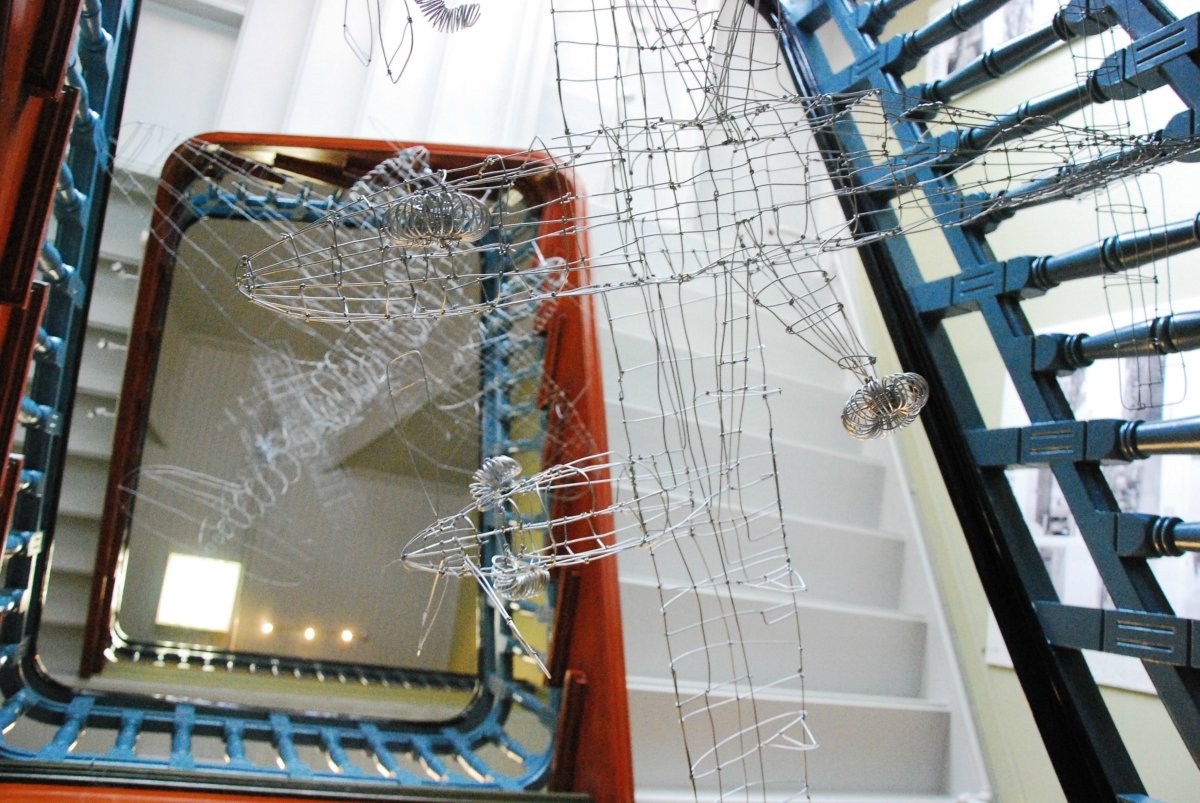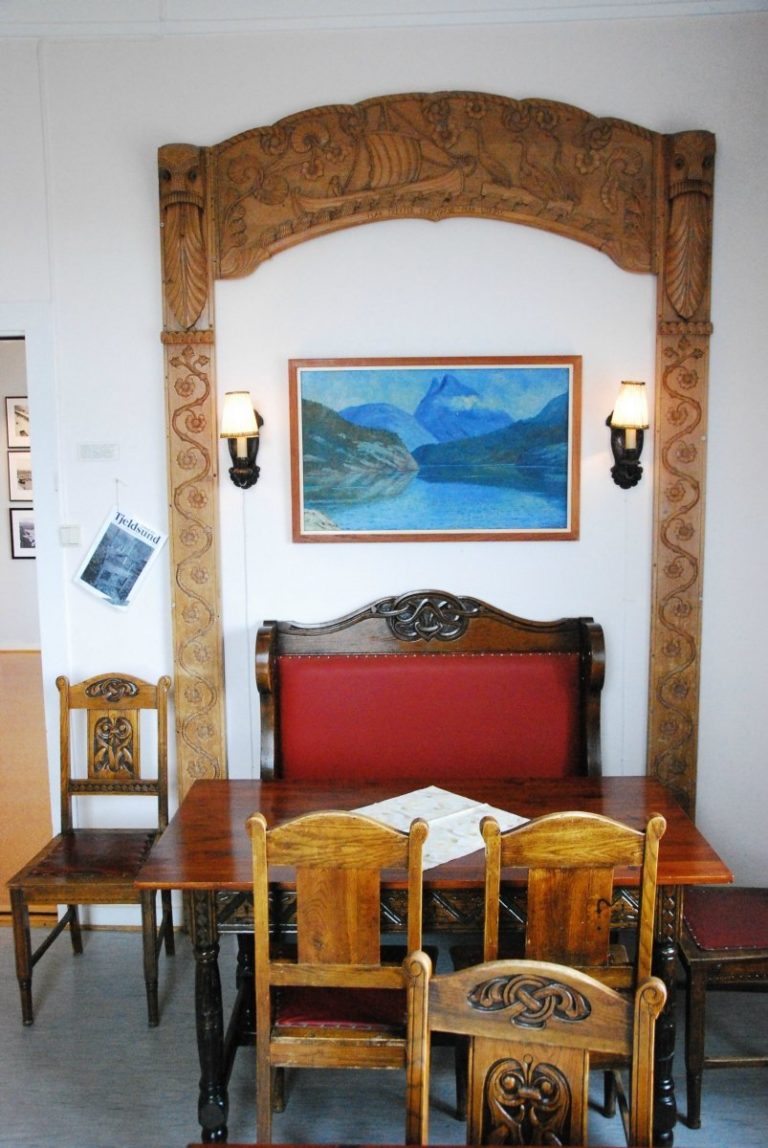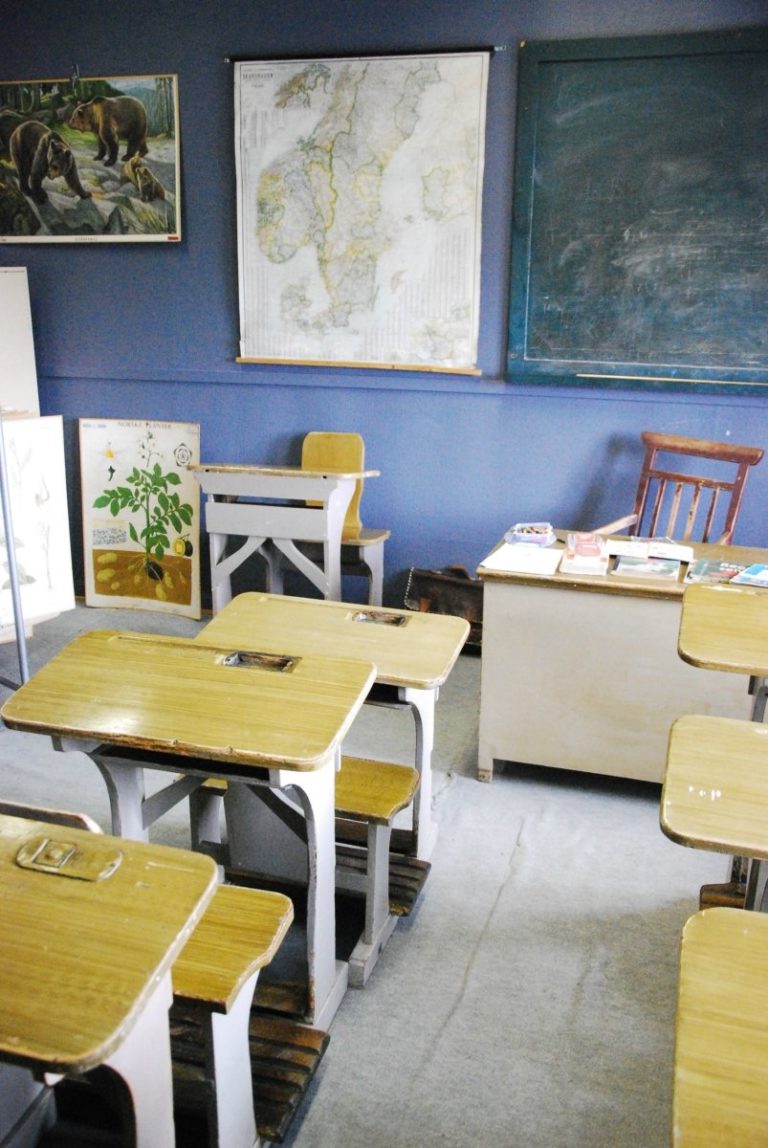From being just a single farm, Narvik was transformed into a centre of growth and the most modern town in Northern Norway in just five years. Museum Nord gives you the full, fast and fascinating story of the many sides of Narvik.
In 1890, Narvik was the name of a farm. Most cargo and passenger traffic was by ship along the coast, and the area here at the head of the Ofotfjord was pretty remote and had only a very small population. There was however a need for the iron ore from the mines in the mountains of Northern Sweden to be transported to the coast, which meant the ice-free Northern Norwegian coast, not Bottenvika (the Bothnian Bay on the Swedish coast of the Baltic), which is ice-bound for half the year. Various alternatives were studied, including both Sørreisa in Troms and Rana.
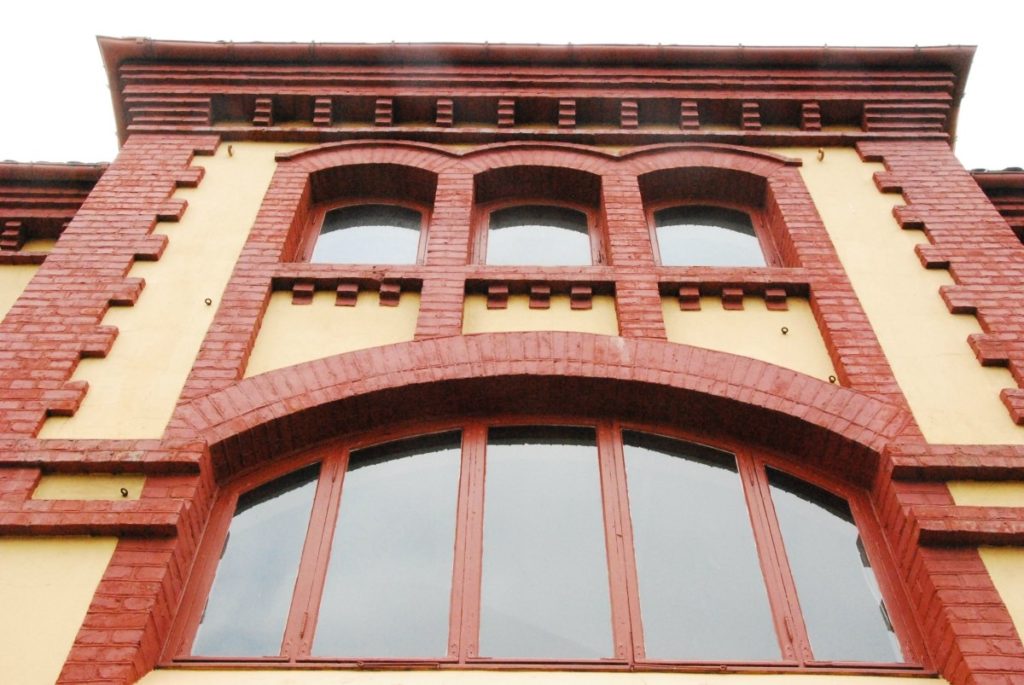
The iron ore railway created an industrial boom
Construction of the first railway to transport the iron ore was begun in 1884 by an English company, which unfortunately went bankrupt and all work stopped when the track had only reached as far as Katterat up by the Swedish border. It was not until 1897 that the Norwegian parliament, Stortinget, and the Swedish parliament, Riksdagen, resolved to revive the project as a joint state-run venture. On 15 November 1902, the first train went from the Kiruna mines in Sweden to Narvik, which grew virtually overnight into a major industrial port. Large three-dimensional models in Museum Nord show the rapid transformation of the town, and you can also sit in an old railway carriage and follow the journey up to the border on black-and-white film.
Photography captured the turmultuous years of the 20th Century
Museum Nord possesses an archive of 200,000 photographs, a discerning selection of which is presented by the museum stairs. Here one can wander through black-and-white images from the days before Narvik’s emergence, through the hectic years of construction, the elegant town with painted wooden houses of the 1920s and ’30s, the destruction wrought during the war, and the post-war reconstruction in Functionalist style. Pictures from a Sami wedding dating from the pre-industrial period say something about the huge cultural changes that took place with the sudden upheavals at the turn of the 19th century.
Carl Knutsen captured urban growth in Narvik through the last century
Another photography collection from the photographer Carl Knutsen is devoted to urban Narvik. The history of the town, with the painted wooden houses from the 1930s in Swiss Chalet and Art Nouveau/Jugend style, the architecture of the post-war reconstruction period from the 1950s and ’60s, and the restoration work and additional buildings constructed in the early 21st century, is vividly evoked by showing, in chronological sequence, photographs of the exact same spot taken in three different decades. The effect is striking.
Watch out for the flying steel wire sculpture
Many things at Museum Nord are guaranteed to raise a smile. The artist Karl-Gustav Gjertsen has created an amusing, gigantic mobile from steel wire (used to build hay-drying racks), with four flying objects: a ptarmigan, which is also the coat-of-arms of Narvik’s Swedish partner, Kiruna; “Måsen” (Seagull), the plane owned by the Norwegian pioneer aviatrix Gidsken Jacobsen; a Heinkel aircraft from World War II; and a Twin Otter, the old type of small aircraft used by the Widerøe airline. The artwork hangs in the stairwell between the second and third floors.
Kaffistova furniture adorns one museum room
One of the rooms in the museum is furnished with pieces taken from the old “Kaffistova” coffee house and restaurant, with wooden furniture in Norwegian “Dragon” Style carved by a local cabinetmaker and paintings of the Ofoten landscape. When Kaffistova fell victim to the caffè latte culture, Museum Nord took over the furniture and removed the Formica that had covered the table tops.
Rock carvings and geology paint a tale from ancient times
The hardest facts in the museum are to be found in the little geology exhibition devoted to the minerals in Ofoten that have been mined in the area. Two bright rooms may look as though they hold an art exhibition, but what they show are life-size facsimiles of rock carvings from Ofoten. Frieze-like depictions of people, boats fishing halibut, geometric patterns, and reindeer and elk in all sorts of positions: a 6,000-year-old world of ideas that have been given graphic expression. In the interests of preservation, the archaeologists will not tell us where many of these rock carvings are located, so Museum Nord is an excellent place to see them.
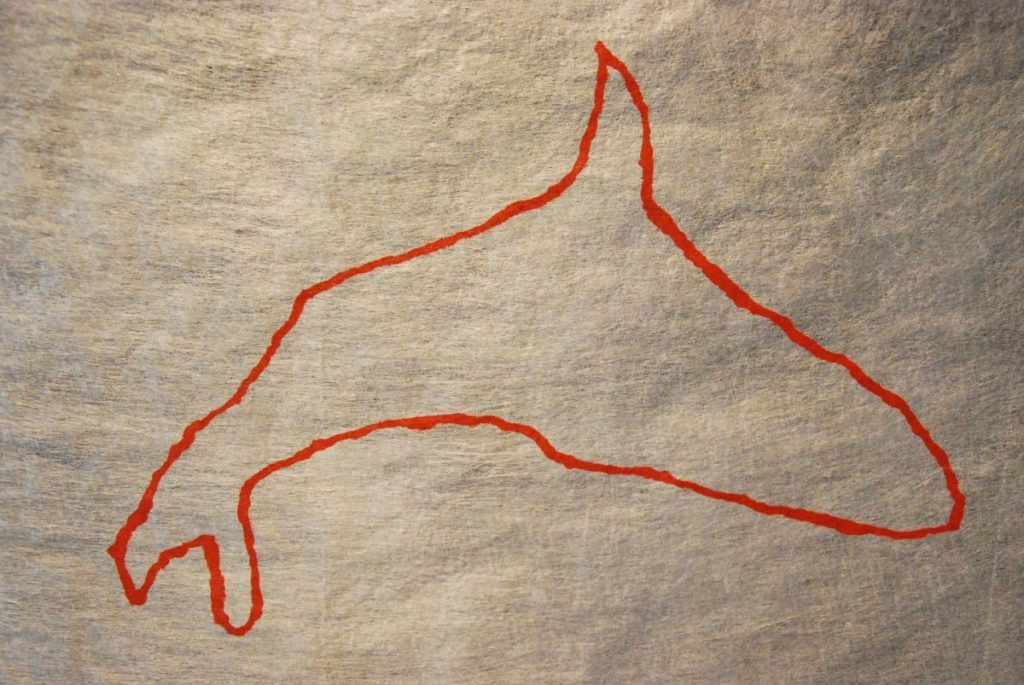
Keep an eye out for the bits and bobs
Another room in the museum contains a classroom with old desks with inkwells (“ashtrays?” inquire the schoolchildren) and a map of Scandinavia with the Nordkalott (Northern Cap) in smaller scale up in the corner. Another exhibit depicting diving tells the story of all the shipwrecks in Narvik harbour as a result of World War II. The fisherman-farmer has less space devoted to him here than otherwise in Northern Norway, for in Narvik the dominant theme is iron ore.
Visit Museum Nord
Museum Nord is a slightly chaotic, complex museum with a lively, fun approach, where the common denominator is Narvik. The building that houses the museum was erected in 1902, the year the town was established, as the head office of the Norwegian state railway company, NSB. In a mixture of Art Nouveau/Jugend and 19th Historicism, it was designed by NSB’s architect, Paul Due. When we paid the museum a visit, our enthusiastic guide pointed just as much out of the window and down to the iron ore shipping quay (“Bolaget” – The Company – as the slightly Swedish-influenced people of Narvik call it) as at the display cases. A visit here is, in other words, a place where you will find the local people very much at home.

Visit Narvik
For all the information you need on visiting Narvik and its surrounding region including Museum Nord, simply check out the Visit Narvik webpage.
